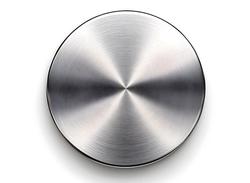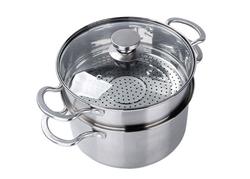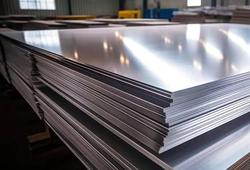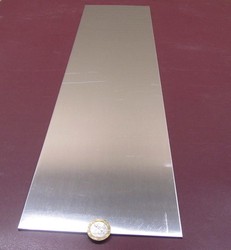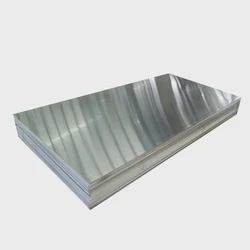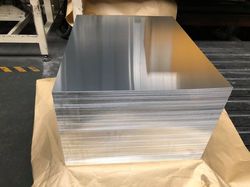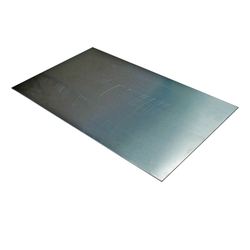We use only premium-grade aluminum, rigorously tested to meet the highest standards. Our products are built to last, offering exceptional strength and flawless finishes, ensuring reliability even in the most demanding applications.
3003 Aluminum Foil
3003.nois aluminum foil is a versatile material renowned for its balance of strength, corrosion resistance, and formability. Belonging to the Al-Mn alloy series, it contains 1.0–1.5% manganeseas the primary alloying element, with the remainder being aluminum and trace impurities like iron and silicon. This composition imparts distinct advantages over pure aluminum (e.g., 1100 series), including 10–20% higher tensile strength(120–235 MPa, depending on temper) and enhanced resistance to atmospheric corrosion.
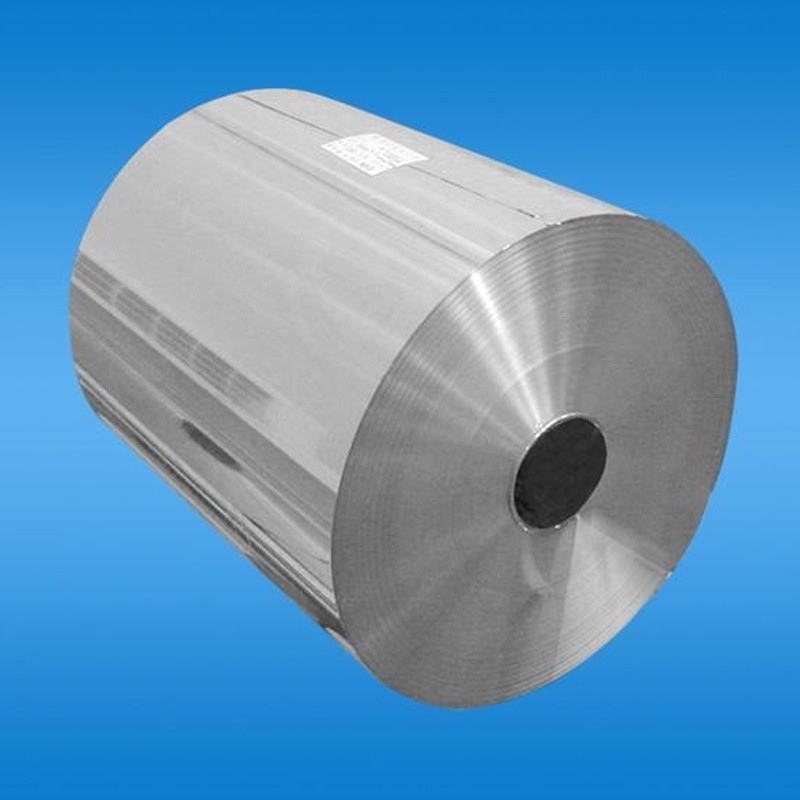
Key Prseitroperties
Mechanical Performance:
Temper Designations: Common tempers for foil include H14(25% cold work, tensile strength 140–185 MPa), H18(75% cold work, 190–235 MPa), and O(annealed, 95–135 MPa).
Formability: The O temper offers high ductility for deep stamping (e.g., food containers), while H18 provides rigidity for structural applications.
Corrosion Resistance:
A dense aluminum oxide layerforms naturally on the surface, protecting against moisture, food acids, and most chemicals. This makes it suitable for direct food contact without additional coatings in many cases. However, epoxy or lacquer coatingsare often applied for specialized uses like microwaveable containers to enhance heat resistance and prevent leaching.
Thermal and Electrical Properties:
Good thermal conductivity (160 W/m·K) enables efficient heat transfer in applications like heat shields or cooking utensils. Electrical conductivity is ~40% IACS, comparable to pure aluminum.
Recyclability:
3003 foil is 100% recyclablewithout loss of 性能. Closed-loop recycling processes recover scrap into new foil, contributing to its sustainability credentials.
Applications
Food Packaging:
Used for tray containers, baking pans, and laminated pouchesdue to its barrier properties against oxygen, moisture, and light. Its heat resistance allows oven use up to 240°C.
Example: 3003-H24 foil is preferred for complex-shaped meal boxes due to its balance of strength and formability.
Automotive and Energy:
Battery casingsin electric vehicles (EVs) leverage its lightweight (1/3 the density of steel) and corrosion resistance to protect lithium-ion cells.
Heat shieldsand radiator componentsbenefit from its thermal conductivity and durability in engine compartments.
Industrial and Construction:
Aluminum honeycomb coresfor aerospace and panels, where its high strength-to-weight ratio enhances structural efficiency.
Electronics: Used in capacitors and EMI shielding due to its electrical properties and ease of machining.
Household and Consumer Goods:
Cooking utensils, insulation materials, and decorative laminatesexploit its aesthetic appeal and resistance to staining.
Manufacturing and Standards
Production: Cold-rolled from alloyed aluminum ingots, with thicknesses ranging from 0.006 mm (6 microns)to 0.2 mm. Surface treatments like electrostatic oilingimprove stamping performance, while degreasingensures cleanliness for food applications.
Standards: Compliant with ASTM B209(US), EN 485-2(EU), and GB/T 3880(China) for alloy composition and mechanical properties. Food-grade foil meets FDA/EFSAregulations when coated with approved lacquers.
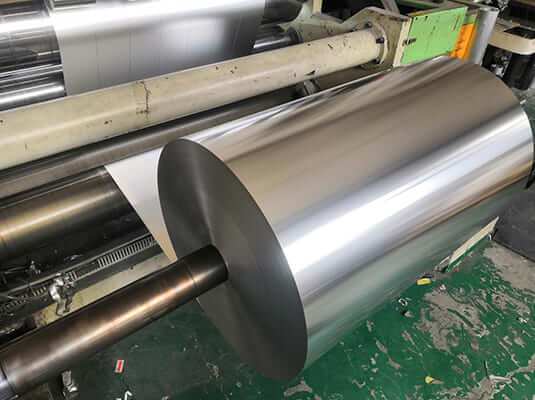
Cost and Sustainability
Pricing: In 2025, industrial-grade 3003 foil typically costs $2,800–$3,800 per ton, depending on thickness and temper. Smaller rolls for consumer use are priced at $1.4–$1.5 per piece.
Environmental Impact: Its high recyclability and energy-efficient production (95% energy saved vs. primary aluminum) make it a sustainable choice. For example, recycled 3003 foil reduces CO₂ emissions by ~95%.
Comparison with Other Alloys
1100 (Pure Aluminum): Lower strength (75–110 MPa) but better ductility and lower cost. Used for non-structural applications like general wrapping.
8011 (Al-Si Alloy): Similar corrosion resistance but superior pinhole-free surface for pharmaceutical packaging. Less formable than 3003.
Conclusion
3003 aluminum foil excels in applications demanding a combination of strength, corrosion resistance, and versatility. From food packaging to advanced EV components, its reliable performance and sustainability make it a preferred choice across industries. By leveraging its unique properties and adhering to stringent standards, manufacturers ensure consistent quality and safety for diverse end uses.
The Product Specification
| Item | Value |
|---|---|
| Alloy | 3003 Aluminum Foil |
| Temper | O, H14 |
| Thickness | 0.006–0.2 mm |
| Width | 20–1500 mm |
| Application |
Food and beverage packaging
Household kitchen foil Pharmaceutical and medical packaging Flexible packaging and laminates Candy and chocolate wrappers Roofing and cladding insulation Decoration and printing applications Industrial insulation and heat exchangers Aerospace and electrical applications" |
Why Choose Our 3003 Aluminum Foil?
From aluminum sheets, coils, foils to circles, Xuntai offers a broad product range to meet various industry needs. With flexible customization options, we provide perfect solutions tailored to your exact specifications.
Our cutting-edge production technology ensures precision, uniformity, and high mechanical performance in every product. With Xuntai, you’re guaranteed consistent quality that exceeds industry standards.
With a reputation for fast delivery and reliable service, Xuntai is trusted by clients worldwide. Our commitment to on-time delivery and consistent quality makes us the supplier you can rely on for long-term partnerships.
